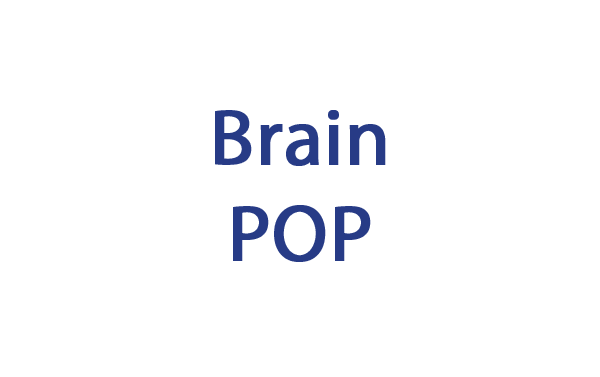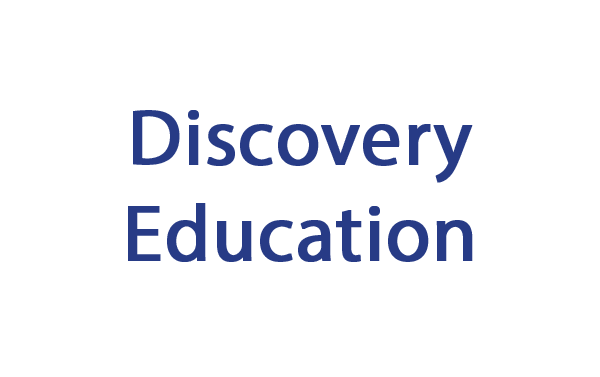

Key Learning Goals - Geography:
2.05 Be able to use geographical terms
2.08 Be able to use maps at a variety of scales to locate the position and geographical features of particular localities
2.09 Be able to use secondary sources to obtain geographical information
2.11 Be able to communicate their geographical knowledge and understanding to ask and answer questions about geographical and environmental features
Key Learning Goals - Science:
2.01a Be able to carry out simple investigations
2.01b Be able to prepare a simple investigation which is fair, with one changing factor
2.01c Be able to predict the outcome of investigations
2.01d Be able to use simple scientific equipment
2.01e Be able to test ideas using evidence from observation and measurement
2.01f Be able to link evidence to broader scientific knowledge and understanding
2.01g Be able to use evidence to draw conclusions
Key Learning Goals - Technology:
2.02 Be able to design and make products to meet specific needs
2.03 Be able to make usable plans
2.05 Be able to use simple tools and equipment with some accuracy
2.06 Be able to identify and implement improvements to their designs and products
2.07 Be able to identify the ways in which products in everyday use meet specific needs
2.08 Be able to suggest improvements to products in everyday use
The Big Idea
We know that when we look up at our sky on a clear day we will see the Sun. We know the Sun gives us light to heat the Earth and help things grow but what does the Sun have to do with our time? It's time to find out!
In Science, we’ll be finding out:
- How the movement of the Sun and the Earth relates to time
- How shadows are formed and how we can use them to measure time
In Geography, we’ll be finding out:
- How the movement of the Earth around the Sun creates different seasons, weather patterns and natural environments around the world
- How human activities can be affected by the different seasons around the world
- How the Earth is divided into different time zones and how this impacts on human activity and communications How to locate countries and places using latitude and longitude on a globe
In Technology, we’ll be finding out:
- How we can create our own sun dial to tell the time How we can design and create a calendar to help someone plan their time
In ICT & Computing, we’ll be finding out:
- How technology can help us communicate across the world
- How timetables can be used to help us plan a journey
In Society, we’ll be finding out:
- About festivals and traditions connected with light
In International, we’ll be finding out:
- About similarities and differences between people in different parts of the world
- The Last Day of Dinosaurs Documentary 2017
See more relevant resources on BrainPop
Visit the Kielder observatory to find out about our solar system, the movements of the Earth and Moon and how their orbits give us days, nights and seasons.
http://www.bullying.co.uk/cyberbullying/
Bullying UK has a helpful section on cyberbullying, with advice on how to stay safe when using social networking sites.
http://www.gaisma.com/en/dir/001-continent.html
Gaisma website provides sunrise, sunset, dusk and dawn times for thousands of locations all over the world.
https://sites.google.com/site/climatetypes/home
Google Maps has a ‘climate types for kids’- section, which provides maps, photographs and graphs exploring the twelve climate types.
http://spaceplace.nasa.gov/seasons/en/
Nasa website explains why the Earth has seasons.
http://www.climate-charts.com/World-Climate-Maps.html
Provides a range of world climate maps, including average temperatures, total rainfall, etc.
http://www.safetynetkids.org.uk/personal-safety/staying-safe-online/
Safety Net Kids provides top tips for staying safe online and what to do if you are being bullied online.
http://www.metoffice.gov.uk/learning/learn-about-the-weather/how-weatherworks/seasons
The Met Office website features an explanation of how the Earth’-s tilt in relation to the sun gives us our seasons.
http://www.schoolsobservatory.org.uk/astro/esm/sunrs/sunrs_yr.shtml
The National Schools Observatory website has a simple interactive map, allowing to find out the sunrise and sunset times for anywhere in the world.
http://www.youtube.com/watch?v=3eFqZWX8nTo
YouTube has this learning video about the Earth’-s seasons.
http://www.youtube.com/watch?v=ah_gXnjjdk4
YouTube hosts this video animation showing the Earth’-s rotation.
http://www.youtube.com/watch?v=k-oLJxjCzBg
YouTube hosts this video showing how the rotation of the Earth gives us day and night.






